Top 10 Alcohol Relapse Statistics
- According to the National Institute on Alcohol Abuse and Alcoholism (NIAAA), approximately 90% of individuals who have struggled with alcohol addiction will experience at least one relapse during their lifetime.
- The first year of sobriety is typically the most challenging. Studies show that up to 80% of individuals who achieve one year of sobriety will relapse at some point.
- Relapse rates decrease significantly after the first year of sobriety. Research suggests that individuals who remain sober for five years or more have a relapse rate of less than 15%.
- Men are more likely than women to experience alcohol relapse. One study found that men had a relapse rate of 53%, while women had a relapse rate of 40%.
- Individuals who have a history of heavy alcohol use or who have had multiple treatment attempts are at a higher risk of relapse.
- Stress is a common trigger for alcohol relapse. Research shows that up to 60% of individuals who relapse do so due to stress-related factors.
- Social support is a key factor in maintaining sobriety. Individuals who have strong support systems are less likely to relapse than those who lack support.
- Nearly 50% of individuals who relapse do so within the first month of sobriety.
- Comorbid mental health disorders, such as depression or anxiety, can increase the risk of alcohol relapse.
- The use of other substances, such as drugs, significantly increases the risk of alcohol relapse. Studies show that individuals who use both drugs and alcohol have a relapse rate of up to 90%.

How Many People Experience Alcohol Relapse?
- Approximately 9 out of 10 individuals who have struggled with alcohol addiction will experience at least one relapse during their lifetime, according to the National Institute on Alcohol Abuse and Alcoholism (NIAAA).
- Studies show that up to 80% of individuals who achieve one year of sobriety will relapse at some point.
- Nearly half (50%) of individuals who relapse do so within the first month of sobriety.
- Individuals who remain sober for five years or more have a relapse rate of less than 15%, according to research.

Alcohol Relapse Statistics by State
- The state with the highest percentage of individuals who reported past-month binge drinking (i.e., consuming five or more drinks on the same occasion) is Wisconsin, with a rate of 25.6%, according to the CDC.
- Montana has the highest alcohol-related death rate in the United States, with 26.4 deaths per 100,000 people, according to data from the National Institute on Alcohol Abuse and Alcoholism (NIAAA).
- New Mexico has the highest alcohol-related liver disease mortality rate in the country, with a rate of 19.6 deaths per 100,000 people, according to data from NIAAA.
- Utah has the lowest percentage of adults who report binge drinking in the past month, at just 10.2%, according to data from the CDC.
- California has one of the lowest alcohol-related death rates in the country, with just 7.5 deaths per 100,000 people, according to data from NIAAA.
Alcohol Relapse Statistics by Country

- In the United Kingdom, approximately 80% of individuals who seek treatment for alcohol addiction will experience at least one relapse during their lifetime.
- Canada has a similar relapse rate to the UK, with up to 85% of individuals experiencing at least one relapse after seeking treatment for alcohol addiction.
- In Australia, studies show that up to 90% of individuals who achieve one year of sobriety will relapse at some point.
- Japan has a lower alcohol relapse rate compared to other countries, with only about 30% of individuals who have struggled with alcohol addiction experiencing a relapse during their lifetime.
- The United States has a high alcohol relapse rate, with approximately 90% of those in recovery experiencing at least one relapse.
Alcohol Relapse Statistics by Age Group
- Individuals between the ages of 18 and 25 have the highest relapse rate, with up to 90% experiencing a relapse at some point.
- The relapse rate for individuals between the ages of 26 and 45 is slightly lower, with approximately 70% experiencing a relapse.
- Individuals over the age of 65 have the lowest relapse rate, with less than 10% experiencing a relapse.
- The average age for an individual's first alcohol treatment is 30 years old.
- Research suggests that individuals who begin drinking at an early age (before the age of 15) are four times more likely to develop alcohol addiction and experience a relapse compared to those who begin drinking after the age of 21.
Most Common Causes of Alcohol Relapse Statistics
- Stress: Up to 60% of individuals who relapse do so due to stress-related factors.
- Social Isolation: Individuals who lack social support have a relapse rate of up to 65%.
- Comorbid Mental Health Disorders: Nearly 50% of individuals with co-occurring mental health disorders will experience alcohol relapse.
- Triggers: Certain triggers, such as being around others who are drinking or experiencing negative emotions, can increase the risk of relapse. Studies show that up to 40% of individuals who relapse do so due to triggers.
- Overconfidence: Some individuals may become overconfident in their ability to maintain sobriety and may stop attending support group meetings or engaging in other recovery activities. This can increase the risk of relapse, with up to 30% of individuals who relapse doing so due to overconfidence.
What Percentage Of Alcoholics Recover And Stay Sober?
- One study found that after 16 years, 27% of individuals who had been diagnosed with alcohol dependence were in full remission, while another 24% were considered "improved" but still experienced some symptoms or problems related to alcohol use.
- Another study found that after five years, approximately one-third (33%) of individuals who had received treatment for alcohol addiction were still abstinent from alcohol.
- A study published in the Journal of the American Medical Association found that after one year, 40-60% of individuals who received treatment for alcohol addiction remained abstinent from alcohol.
Alcohol Rehab Statistics
- Only about 10% of individuals struggling with alcohol addiction seek treatment.
- The success rate for alcohol rehab varies widely depending on the type of program, but on average, approximately 30% of individuals who complete an alcohol rehab program remain sober long-term.
- Outpatient programs have a lower success rate compared to inpatient programs, with only about 20% of individuals remaining sober long-term after completing an outpatient program.
- Inpatient programs that last longer than 90 days tend to have higher success rates compared to shorter programs. Studies show that individuals who complete a 90-day or longer inpatient program have a success rate of up to 50%.
- The cost of alcohol rehab can vary widely depending on the type of program and location. On average, a 30-day inpatient program can cost anywhere from $6,000 to $20,000. Outpatient programs tend to be less expensive, with an average cost of $5,000 for a three-month program.

Types Of Alcohol Relapses (Slip, Lapse, Relapse)
- A slip refers to a brief and isolated instance of alcohol use that does not necessarily indicate a return to addiction. Research suggests that slips are relatively common, with up to 80% of individuals in recovery experiencing at least one slip.
- A lapse involves a more significant amount of alcohol use than a slip but does not necessarily result in a full relapse. According to some estimates, approximately 50% of individuals who experience a lapse go on to have a full relapse.
- A relapse refers to the return to significant alcohol use and the reemergence of addiction symptoms. Studies show that approximately 90% of individuals with alcohol addiction will experience at least one relapse during their lifetime.
3 Stages Of A Relapse:
- According to research, up to 75% of individuals who experience a relapse go through an emotional relapse phase.
- Studies show that approximately 60% of individuals who experience a relapse go through a mental relapse phase.
- According to statistics, nearly 90% of individuals with alcohol addiction will experience at least one physical relapse during their lifetime.

Alcohol Recovery Statistics & Facts

- Only about 1 in 10 individuals with alcohol addiction seek treatment for their condition.
- Of those who do seek treatment, approximately 50% will relapse within the first year.
- The likelihood of achieving long-term recovery increases with the duration of treatment. Individuals who receive at least three months of treatment have a significantly higher chance of maintaining sobriety than those who receive less than three months of treatment.
- Outpatient treatment programs have a lower success rate than inpatient programs, with up to 60% of outpatient program participants experiencing relapse within the first year.
FAQs about Alcohol Relapse
What is alcohol relapse?
Alcohol relapse occurs when an individual who has previously struggled with alcohol addiction returns to significant alcohol use and experiences the reemergence of addiction symptoms.
How common is alcohol relapse?
According to the National Institute on Alcohol Abuse and Alcoholism (NIAAA), approximately 90% of individuals who have struggled with alcohol addiction will experience at least one relapse during their lifetime.
What are some common triggers for alcohol relapse?
Stress, social isolation, comorbid mental health disorders, certain triggers such as being around others who are drinking or experiencing negative emotions, and overconfidence are all common triggers for alcohol relapse.
Can a slip or lapse lead to a full relapse?
Yes, a slip or lapse can increase the risk of a full relapse. Studies suggest that approximately 50% of individuals who experience a lapse go on to have a full relapse.
Does treatment reduce the risk of alcohol relapse?
Yes, receiving treatment for alcohol addiction can significantly decrease the risk of relapse. The likelihood of achieving long-term recovery increases with the duration of treatment. Individuals who receive at least three months of treatment have a significantly higher chance of maintaining sobriety than those who receive less than three months of treatment.
Conclusion
he statistics on alcohol relapse provide a sobering reminder of the challenges of achieving and maintaining sobriety. The good news is that with the right treatment and support, individuals can overcome their addiction and live a healthy and fulfilling life.
It is important to remember that recovery is a journey, not a destination, and that relapse does not mean failure. With the right approach, individuals can find the strength and resilience to overcome their addiction and achieve lasting sobriety.
References
https://www.familyaddictionspecialist.com/blog/10-most-common-reasons-for-addiction-relapse
https://www.ncbi.nlm.nih.gov/pmc/articles/PMC1976118/
https://www.tikvahlake.com/blog/alcohol-addiction-statistics/
https://www.addictioncenter.com/news/2020/04/covid-19-is-causing-people-to-relapse/
https://www.newdirectionsforwomen.org/what-percentage-of-alcoholics-recover/



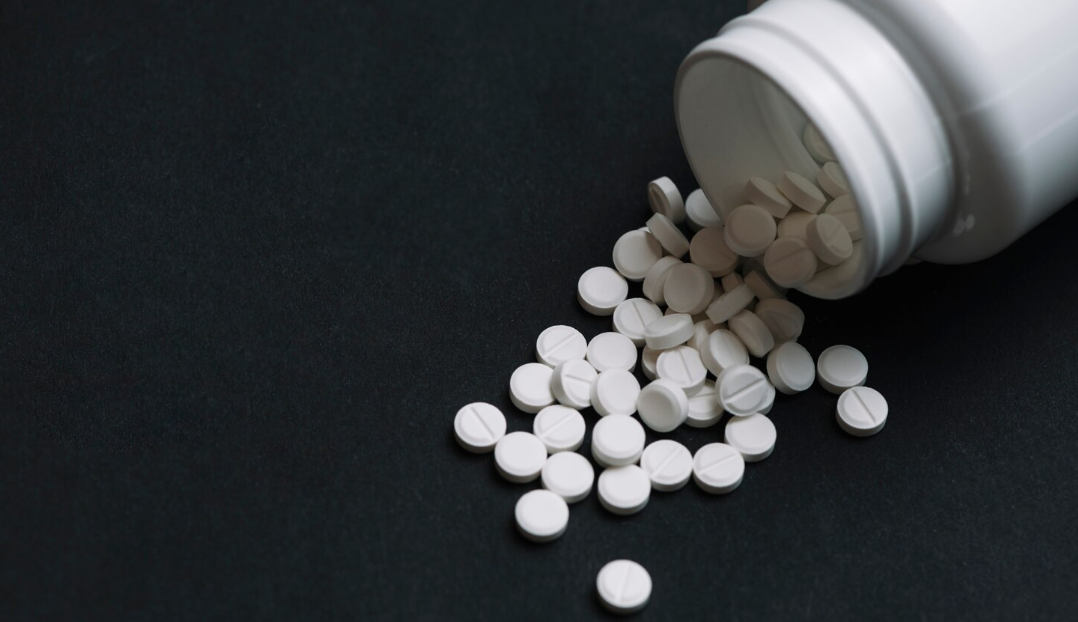
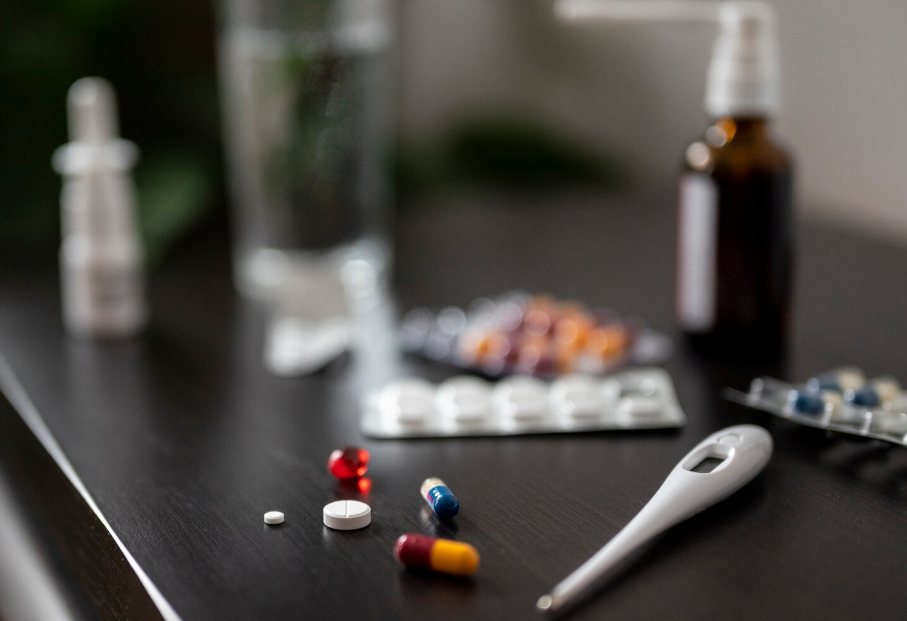
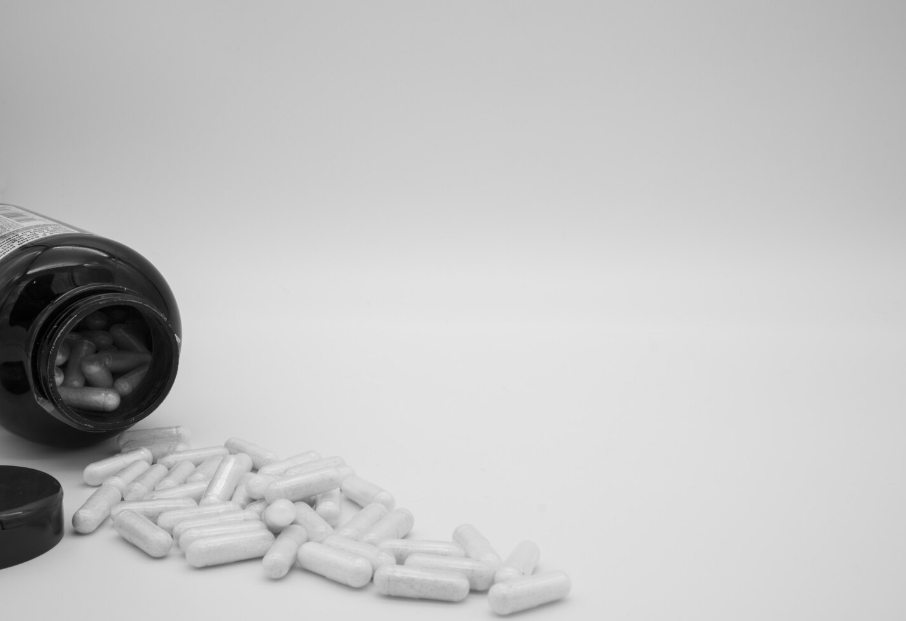
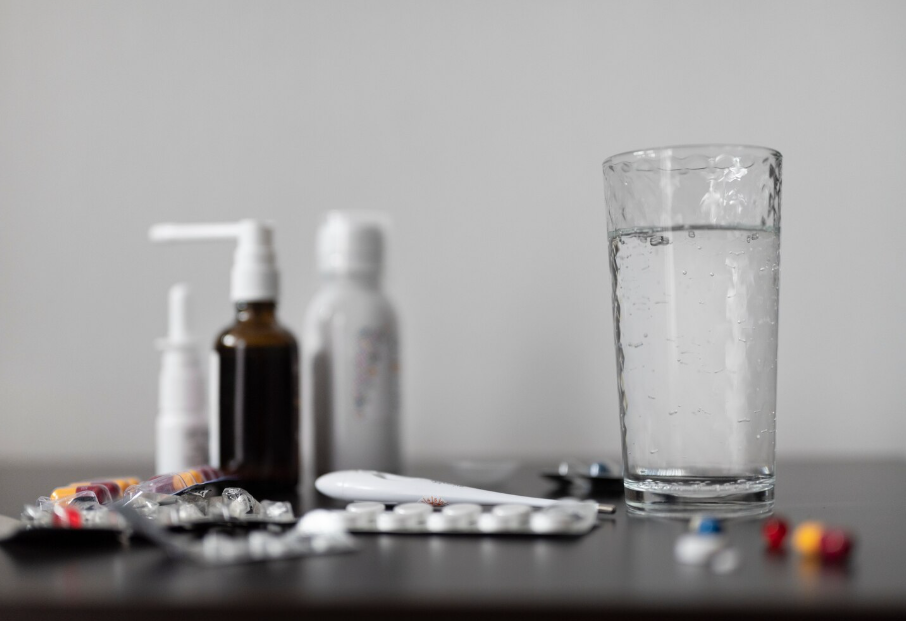
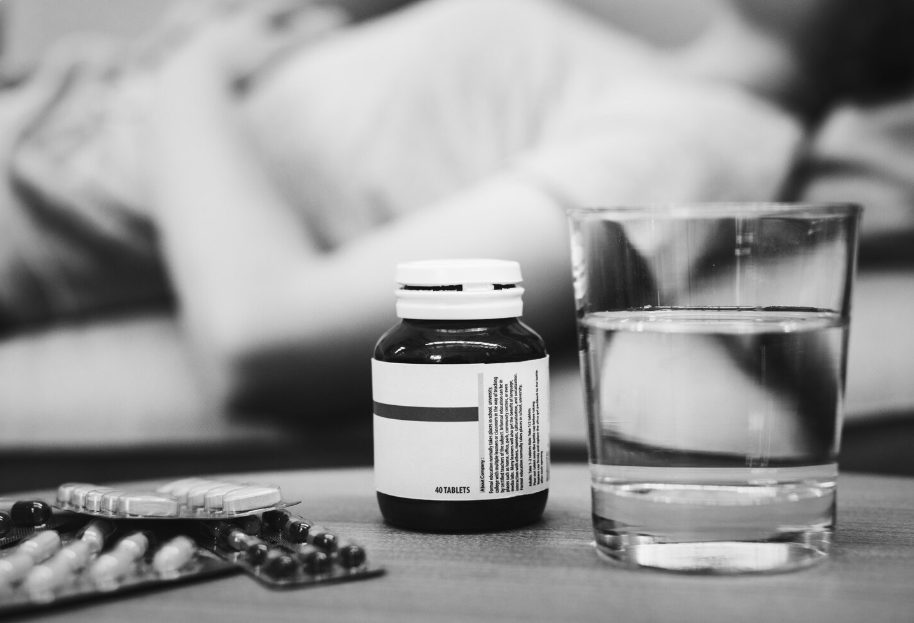
.png)
.png)
.png)
.png)